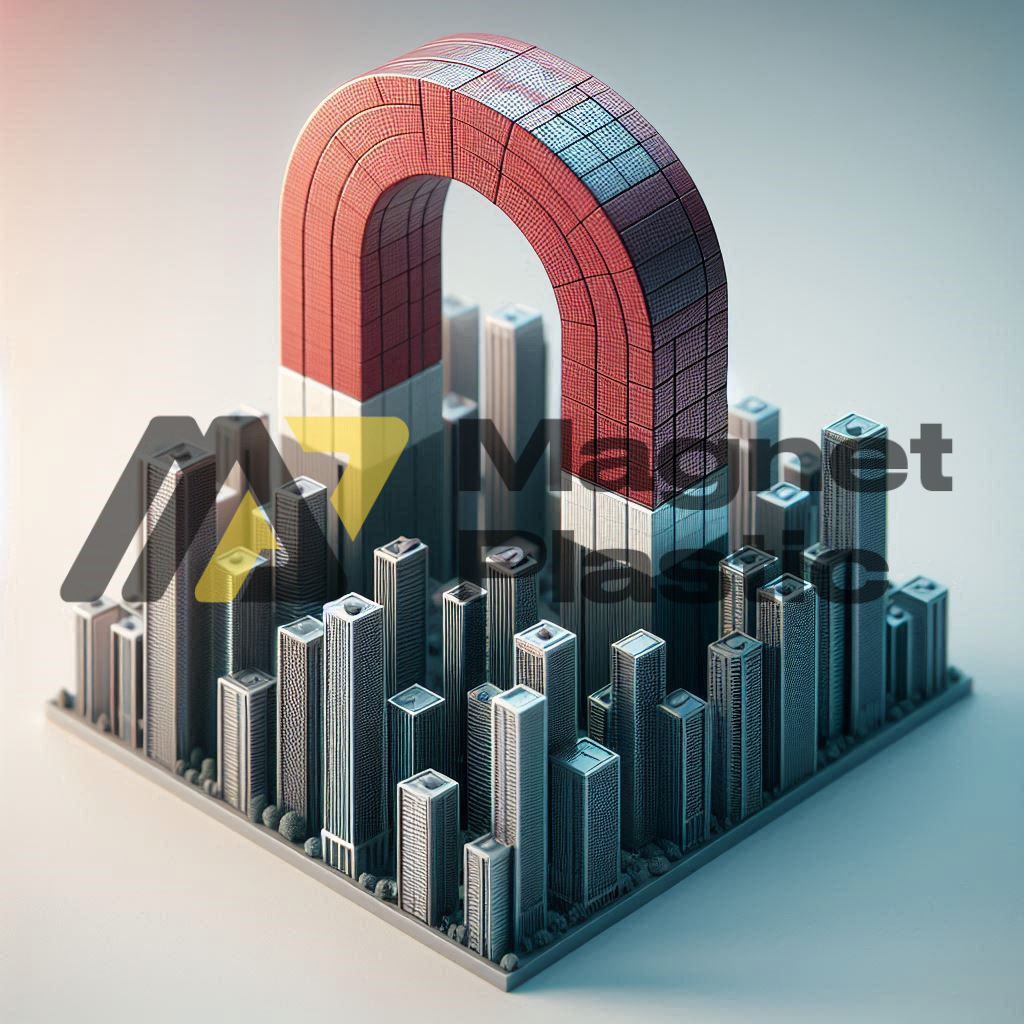Magnets in the stabilization of buildings and structures
The use of magnets in the stabilization of buildings and structures is revolutionizing the field of civil engineering and modern architecture. Thanks to their ability to generate attractive or repulsive forces without direct contact, magnets are being explored as an effective solution to improve the stability of buildings, especially in environments that face challenges such as earthquakes, strong winds and vibrations. These magnetic systems are helping to make buildings safer, more durable and more sustainable.
Magnetic Dampers in Anti-Seismic Structures
A notable advancement in the use of magnets in the stabilization of buildings and structures is their application in magnetic dampers. These devices are particularly valuable in earthquake-prone areas, where seismic vibrations can cause serious damage to buildings. Magnetic systems, unlike traditional dampers that rely on friction, use magnetic repulsion to dissipate vibration energy without the need for physical contact.
This type of magnetic damping has several advantages: it minimizes wear by not having parts in direct contact and offers an immediate response to seismic movements, significantly reducing stress on structures. This translates into greater durability and minimal maintenance, positioning magnetic systems as a more efficient and reliable option compared to conventional solutions.
Vibration reduction through magnetic flotation
Another innovative aspect of the use of magnets in the stabilization of structures is magnetic flotation, used to mitigate vibrations that can affect buildings and other constructions. Vibrations can have multiple sources, such as heavy machinery, transportation systems or even natural phenomena, and these can deteriorate the integrity of buildings in the long term.
Magnetic flotation technology uses repulsion between magnets to “suspend” parts of a structure, isolating it from sources of vibration. This is especially useful in sensitive facilities, such as laboratories, hospitals or data centers, where structural stability is essential for the correct functioning of equipment and operations. Furthermore, this system extends the life of buildings and reduces the need for costly repair work.
Magnetic connections in modular constructions
Magnetic connections are another key advancement in the use of magnets in the stabilization of buildings and structures. In modular constructions, where speed and flexibility are paramount, magnets allow parts of the structure to be assembled and disassembled with ease. This type of connection is ideal for temporary infrastructure projects or in hard-to-reach areas, as it offers a secure and adaptable solution.
Furthermore, magnetic connections allow for the reuse of materials, contributing to more sustainable construction. They also facilitate the reconfiguration of spaces as needed, making them an ideal choice for constantly evolving or growing projects.
Benefits of magnets in structural stabilization
Using magnets in building stabilization offers a number of notable benefits. Firstly, durability is a key advantage, as there is no friction between components, so wear is virtually zero. This translates into a significant reduction in maintenance costs over time.
Furthermore, the efficiency of magnetic systems in counteracting external forces such as earthquakes and vibrations is outstanding, improving the overall safety of buildings. Furthermore, magnetic systems offer great flexibility in design, allowing architects and engineers to develop creative and innovative solutions that overcome the limitations of traditional technologies.
Conclusion
The use of magnets in the stabilization of buildings and structures is transforming the way modern buildings are conceived and built. From magnetic dampers to flotation systems and modular connections, magnets are proving to be a valuable tool in improving the strength and durability of constructions, especially in challenging environments. As technology advances, magnets are likely to play an even more important role in structural engineering, offering sustainable, safe and high-performance solutions for the future of construction.
